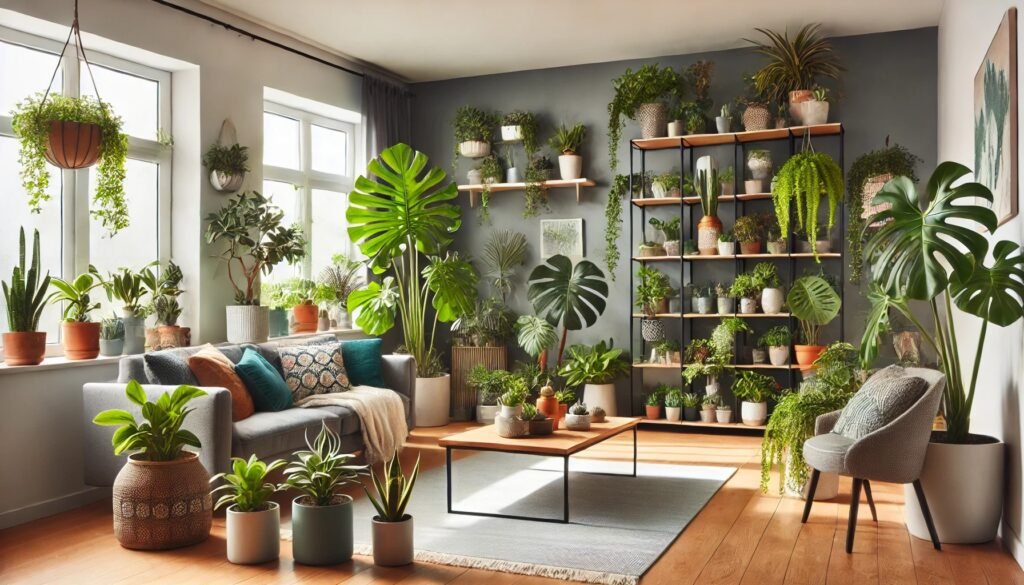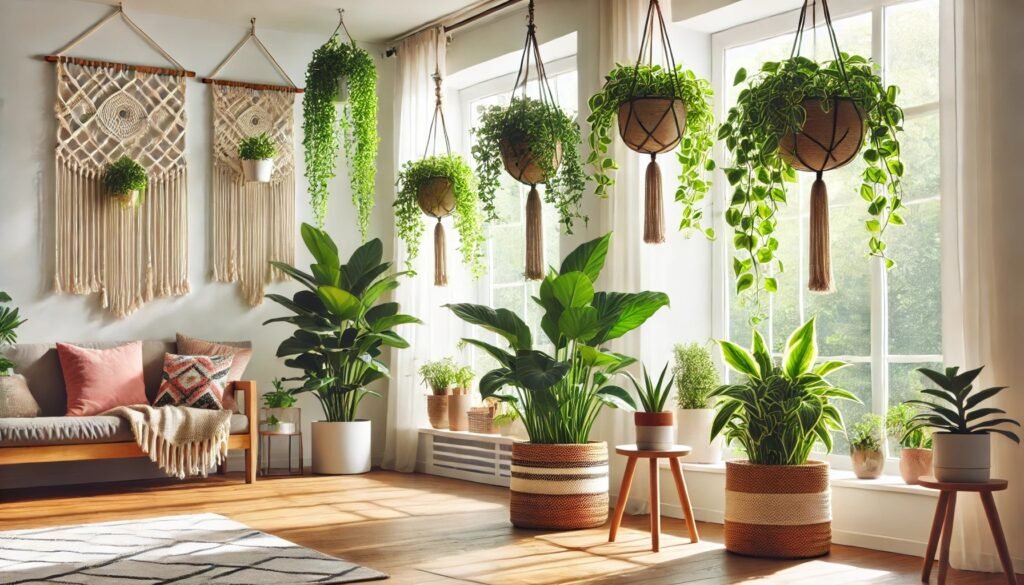
A Zen garden is all about simplicity, peace, and balance. With clean lines and natural materials, a Zen garden offers a retreat from the stress of everyday life. The goal is to create a space that encourages mindfulness and calm. Whether you have a sprawling yard or a compact outdoor space, you can design a Zen garden that fits your lifestyle. Here, we’ll walk you through the steps to transform any yard into a low-maintenance, tranquil oasis.
Start with a Simple Layout
The foundation of a Zen garden is simplicity. Instead of cluttering the space with various elements, aim for a minimalist design. Focus on balance and serenity by keeping your layout open and straightforward. Think about areas of contrast—small sections of gravel, a single water feature, or a few carefully placed rocks. Each part of your garden should serve a purpose while maintaining a peaceful, uncluttered look.
Start by sketching a rough outline of your yard, taking note of any existing features like trees or pathways. Consider how you’d like to divide the space. You might want one area for seating and another for gravel or sand raked into calming patterns. If your yard is small, don’t worry. Even a few square feet can become a peaceful retreat.
Choose Natural Materials
The materials you choose play a significant role in the overall feel of your Zen garden. Zen gardens typically use natural materials like gravel, sand, rocks, and plants. These materials help create a calming and earthy atmosphere. Gravel and sand are key components, often used as a base for the garden. You can rake them into patterns, symbolizing water, waves, or even calm air currents.
Add a few larger rocks to represent mountains or islands, creating focal points for the eye to rest on. Flat stones or pavers can create a simple path to guide visitors through the space. When selecting materials, stick with neutral tones—white, gray, beige, and earthy greens work well. These colors keep the focus on tranquility and prevent any one element from overwhelming the space.
Incorporate Water for Tranquility
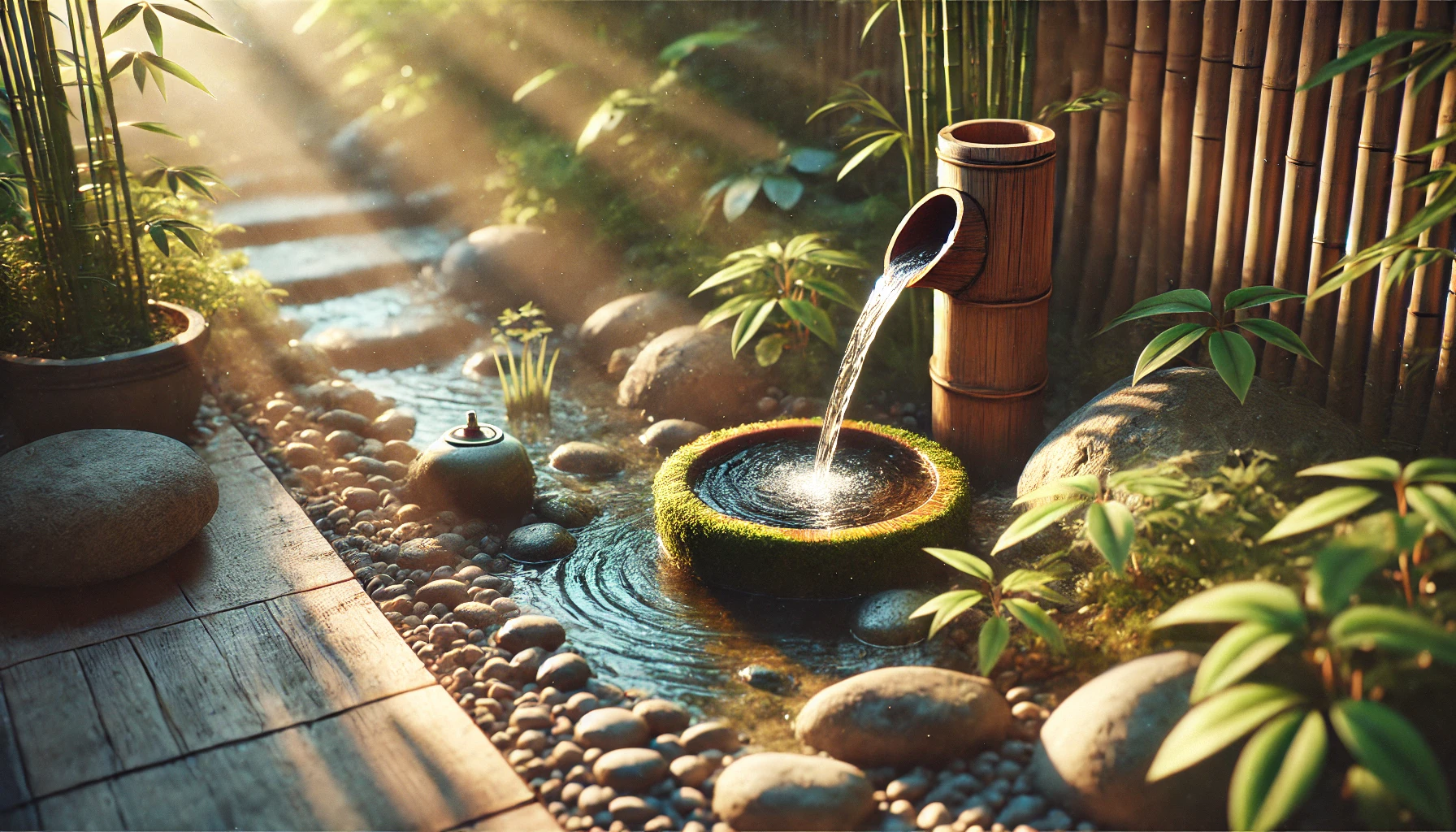
Water is a soothing element in any garden, and it’s a staple of Zen design. The sound of running water can mask distracting noises, helping to foster a sense of peace. If space permits, consider adding a small pond or fountain. It doesn’t need to be elaborate—a simple bamboo water feature or even a tabletop fountain can add that peaceful soundscape.
If you prefer a low-maintenance option, you can substitute the water feature for something that represents water, like raked gravel or sand. The visual effect is calming, and it can be just as peaceful without the upkeep of a real water element.
Add Plants Sparingly
Plants can enhance your Zen garden, but remember the key is simplicity. Choose plants that are easy to care for and fit the minimalist aesthetic. Evergreen plants work particularly well, as they maintain their shape and color throughout the year. Bamboo, juniper, and moss are all traditional Zen garden plants that add a touch of greenery without overwhelming the space.
Low-growing ground covers like creeping thyme or sedum can also add texture and fill empty spaces without requiring much attention. If you have more room, a small Japanese maple can serve as a striking focal point, with its delicate leaves adding softness to the overall look. Keep plant choices minimal, focusing on a few carefully selected varieties to maintain the clean, uncluttered vibe of your Zen garden.
Create Seating for Reflection
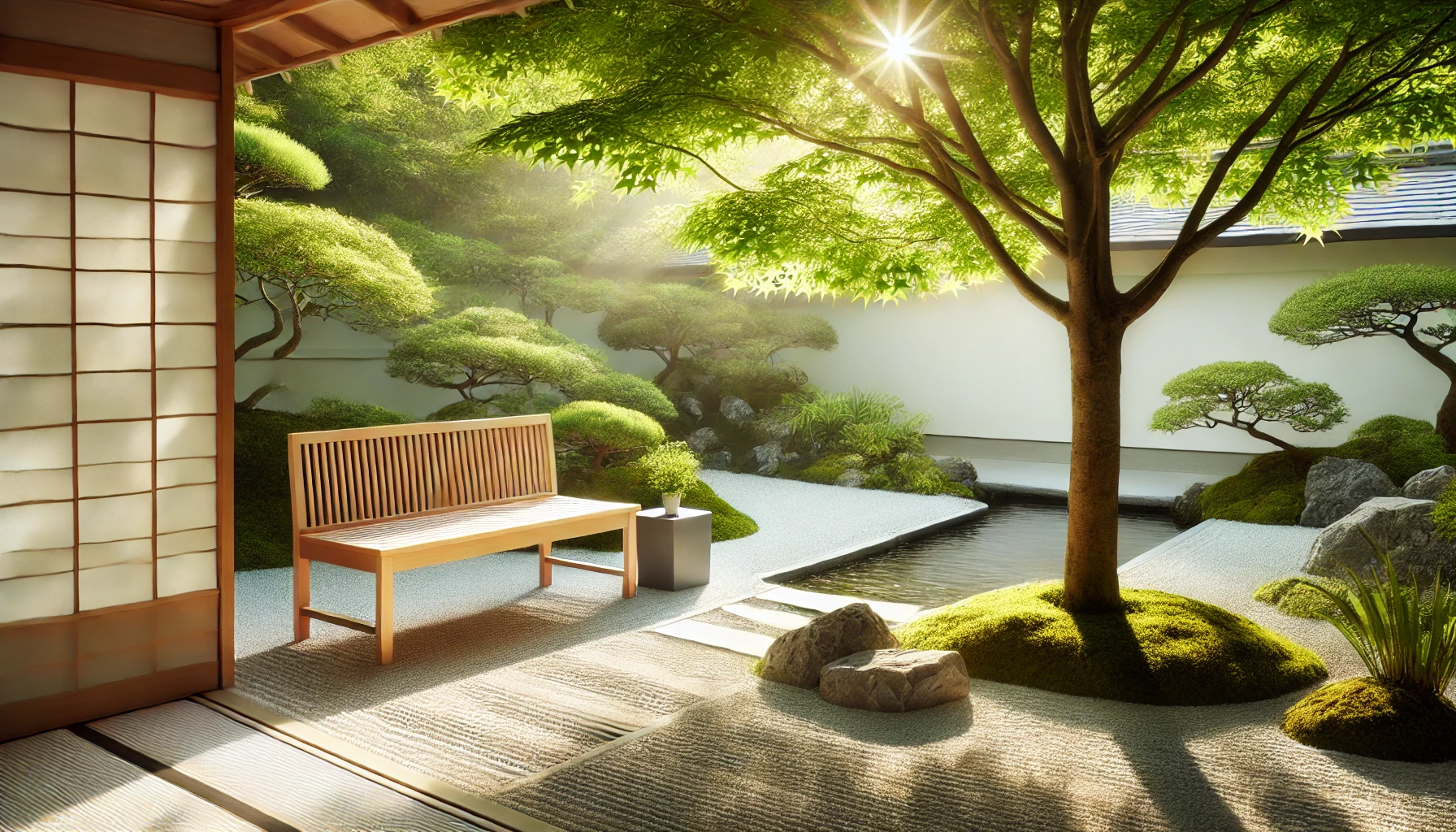
A Zen garden is not only meant to be viewed but also to be experienced. Consider adding a quiet seating area where you can relax and reflect. A simple wooden bench or a couple of stone stools can offer a comfortable place to sit and enjoy the tranquility of your garden.
Place your seating in a location that offers a clear view of the garden’s focal points, like the raked gravel or a water feature. This will give you the opportunity to take in the peaceful scene and center your thoughts. If possible, place the seating in a shaded area to avoid the glare of the sun, enhancing the garden’s cool, calming atmosphere.
Emphasize Balance and Symmetry
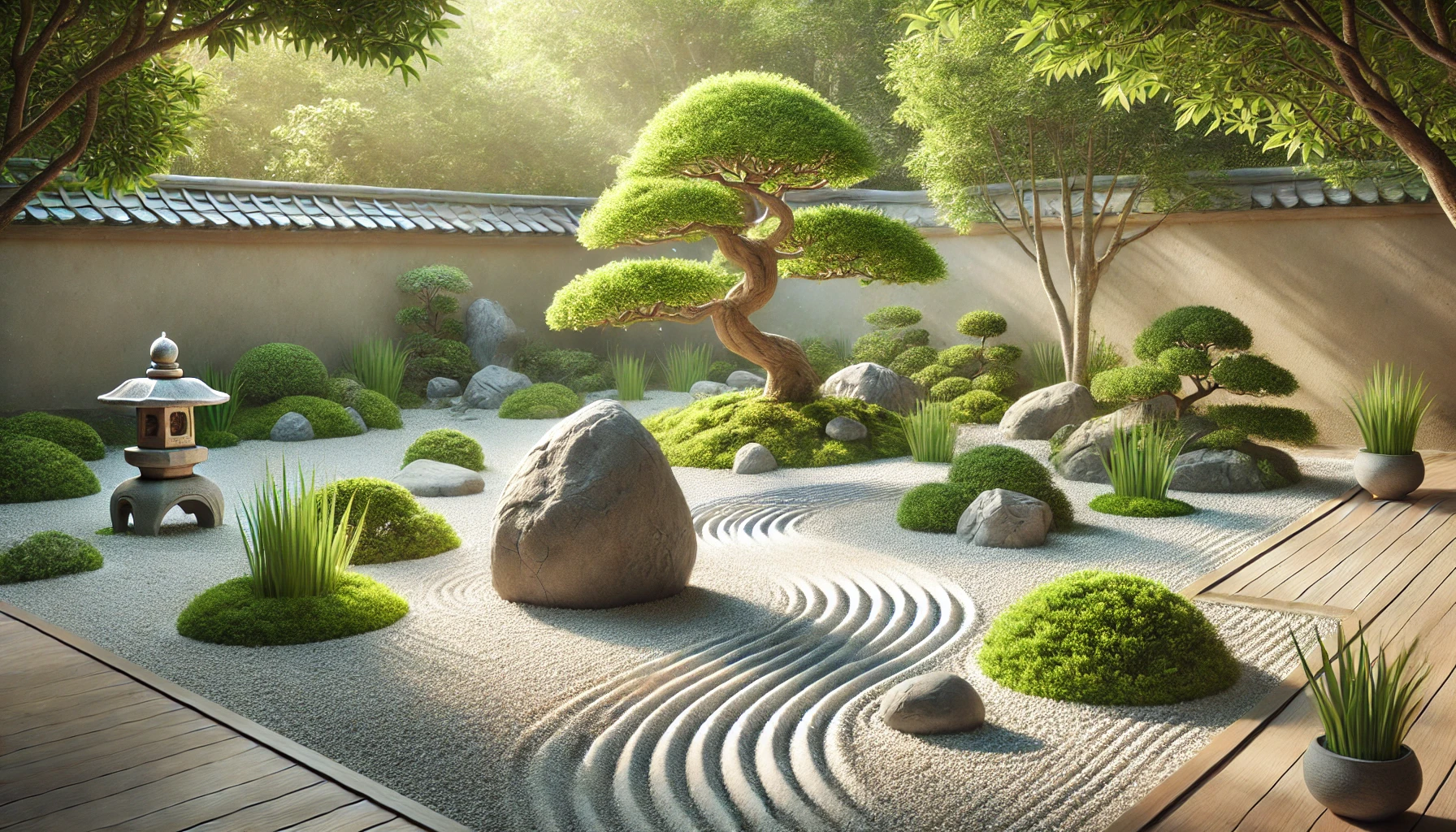
One of the core principles of Zen design is balance. This doesn’t necessarily mean perfect symmetry, but rather a sense of harmony in the placement of elements. You want to create a space that feels balanced without being too uniform. For example, you might place a large rock on one side of the garden and balance it with a cluster of smaller rocks or a tree on the other side.
Use your materials and plants to create visual interest while maintaining a sense of calm. Avoid overcrowding the space—each element should have room to breathe. Whether it’s the placement of stones, the arrangement of plants, or the raked patterns in the gravel, aim for a look that feels organic and balanced.
Keep Maintenance Low
One of the biggest appeals of a Zen garden is that it requires very little upkeep. The plants you select should be hardy and low-maintenance, while the gravel or sand can be raked into new patterns whenever you have a moment of mindfulness. If you’ve added a water feature, choose one that recirculates water to reduce maintenance, or opt for solar-powered options to keep it energy-efficient.
Regularly trim any plants that may grow out of place to maintain the garden’s neat appearance. Sweep the pathways and rake the gravel as needed to keep things tidy. Otherwise, your Zen garden should require minimal effort to stay in top shape.
Final Thoughts

Creating a Zen garden in your yard is a rewarding project that provides long-term benefits. The design is straightforward, with a focus on tranquility, natural materials, and minimal maintenance. Whether you have a small space or a large yard, you can create a peaceful retreat that invites calm and relaxation into your daily life. Embrace the simplicity of the design, and let the natural beauty of the materials shine. A Zen garden is not just a landscape feature—it’s a space for reflection, mindfulness, and inner peace.
Stay connected with the world of plants! Subscribe to Phylofy for expert gardening tips, DIY projects, and eco-friendly inspiration. Join our community and nurture your love for nature. Don’t miss exclusive content and updates. Subscribe now!


